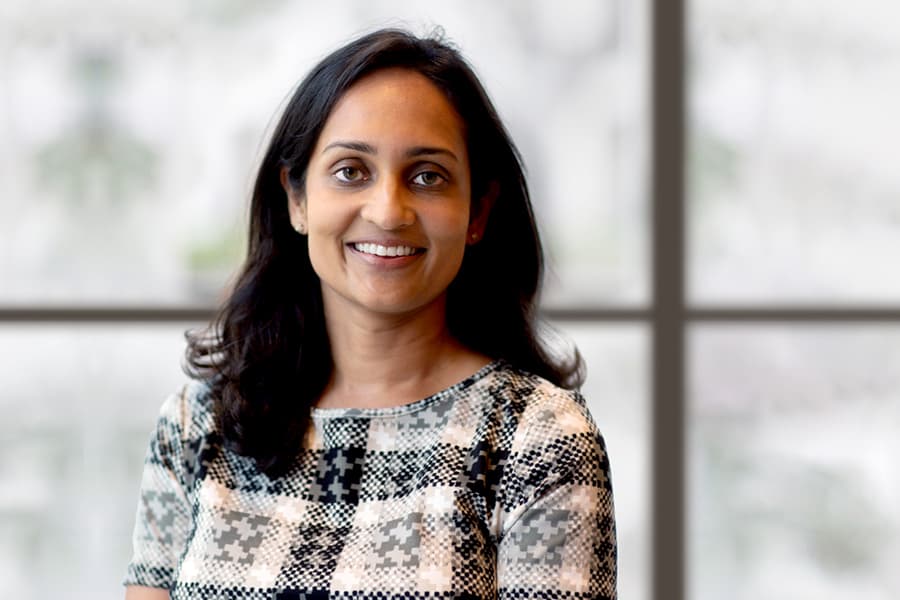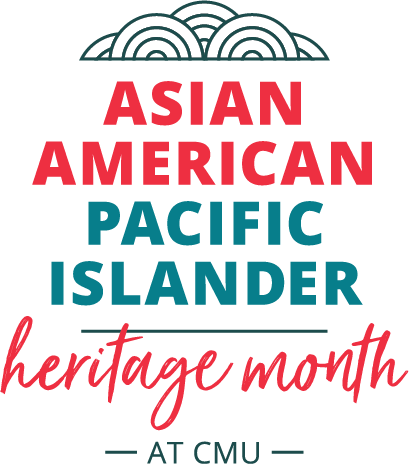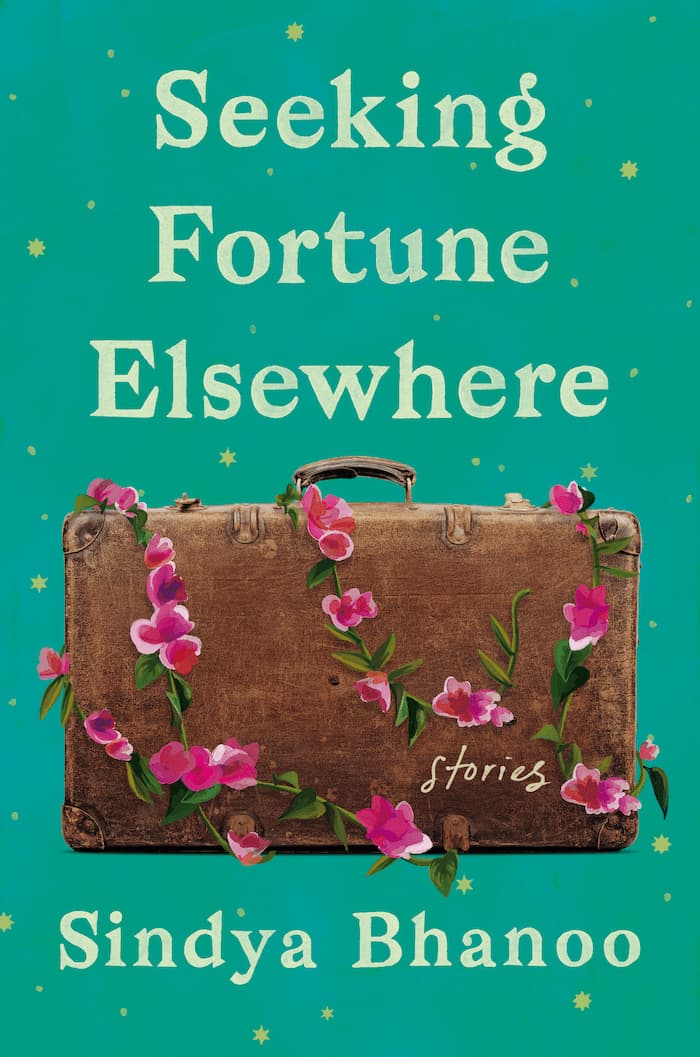
Programming to Publishing
CMU alumna’s new book shows her heart will always be in the work
By Susie Cribbs
Any Carnegie Mellon University grad who reads Sindya Bhanoo's short story "His Holiness," will know she has a CMU connection the instant they see the line: "It will take time, but my heart is in this work."
What might be more surprising is that Sindya, who just published her first collection of short fiction "Seeking Fortune Elsewhere," majored in computer science. She graduated from the School of Computer Science in 2002.
While it may seem like a big leap, the path from computer science undergraduate to published fiction author isn't as convoluted as it may seem. Sindya, who attended high school in Pittsburgh's suburbs, knew about CMU and was good at math and science.
Once on campus, she found herself immersed in the computer science program's challenging curriculum. After she completed her first internship — at IBM in Austin, Texas, where she lives now — she realized she didn't want to be a programmer.
Instead, she set her sights on a patent law career, and after graduation, she took a job in Washington, D.C. at the U.S. Patent and Trademark Office and planned to attend law school. Patent law didn't appeal to her as much as she thought it would but the idea of telling stories always had.
Sindya began writing essays in her free time, then moved to India to work for a nonprofit organization. While there, she applied to graduate programs in journalism and enrolled in the graduate journalism program at the University of California, Berkeley.
After that, telling stories became her life and livelihood, first as an intern at The Washington Post, then at a tech magazine, The Industry Standard. She moved to New York City to take a reporting fellowship at The New York Times, and she kept writing for the Times — "Observatory," a column in the science section.
"Computer science is a highly creative field. The work that people are doing is original research, its original work. There's artistry in that, both in the research and also in programming itself. That has stayed with me."
Sindya's computer science background helped with the intangibles of her reporting like time management. But her education also gave her unique insight into the science and technology she covered.
"Computer science is a highly creative field,” Sindya says. “The work that people are doing is original research, its original work. There's artistry in that, both in the research and also in programming itself. That has stayed with me."
Sindya wrote a cover story about the first major speech recognition software, Dragon Naturally Speaking, created by then-CMU professors James and Janet Baker as an intern at The Baltimore Sun.
"That was really fun," Sindya says. "I brought my CS background to that story, and I asked questions that maybe another reporter might not have been able to."
Despite a successful reporting career, Sindya still felt the call to tell her own stories — a call that grew after she had her first child.
"When my daughter was born, I had this sense that I had stories to tell, and if I didn't write them down, they wouldn't be there for her,” Sindya says. “It would be like they never existed."
So she started writing.
As the daughter of parents who immigrated to the United States in the late 1970s, Sindya felt drawn to not just the immigrant story, but the story of the families those immigrants left behind forever.
"Because I'm the second generation in the United States, I didn't spend a lot of time with my grandparents or aunts or uncles or cousins,” Sindya says. “But I grew up here seeing and knowing that many other kids would spend Christmas or summer vacations with family. You notice that there's an absence in your life. Digging into those issues, those stories and these people's lives was something I wanted to do."
"If you can do your work and put your whole self in it, usually something good will come of it. In my experience, when I've been able to do that and not worry about prizes or awards or even grades, it's always been to my benefit."
A collection of those stories hit shelves earlier this month in Sindya's first book "Seeking Fortune Elsewhere." And while it may not involve computer science specifically, the School of Computer Science certainly played a role in making the book possible.
"There were moments when I was a student at Carnegie Mellon when it felt kind of impossible,” Sindya says. “The CS program is tough. You really have to do the work."
"Publishing is also a bit like that, where you have to keep at it, not get discouraged and keep your focus on the work. There are a lot of rejections, and I think the people who finally make it through are the ones who persist."
She also noted that the people who succeed in both fields also have a support network for when they feel discouraged. At CMU, she had Mark Stehlik, director of the computer science undergraduate program, assistant dean of outreach and teaching professor, who advised her when she was a student.
"He was incredibly supportive — almost a reason to stay in computer science because he was so thoughtful when he met with each student,” Sindya says. “He would address my specific needs."
And then there's CMU's famous motto, "My heart is in the work."
"The Andrew Carnegie quote that we all know as CMU graduates and students — the idea that my heart is in my work — even back then was such a powerful concept," Sindya says. "If you can do your work and put your whole self in it, usually something good will come of it. In my experience, when I've been able to do that and not worry about prizes or awards or even grades, it's always been to my benefit."
When she was a student, Sindya interpreted that motto as no matter what work you're doing, put your heart into it. But that's changed as she's matured.
"As I've gotten older, it's also become that I want to find the work I can put my whole self into, put my heart into,” Sindya says. “With writing fiction, I feel like I'm getting closer to that."

